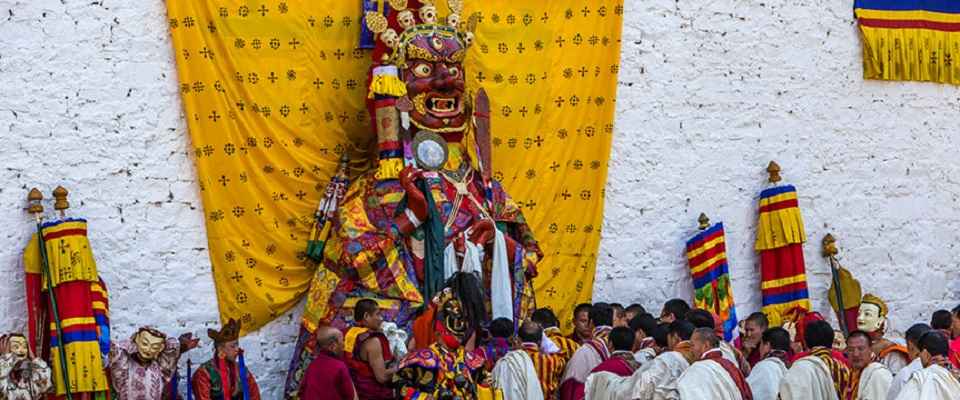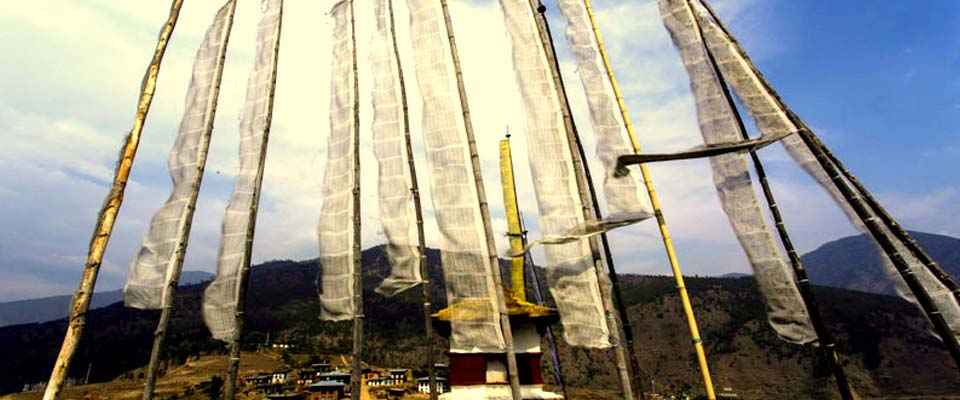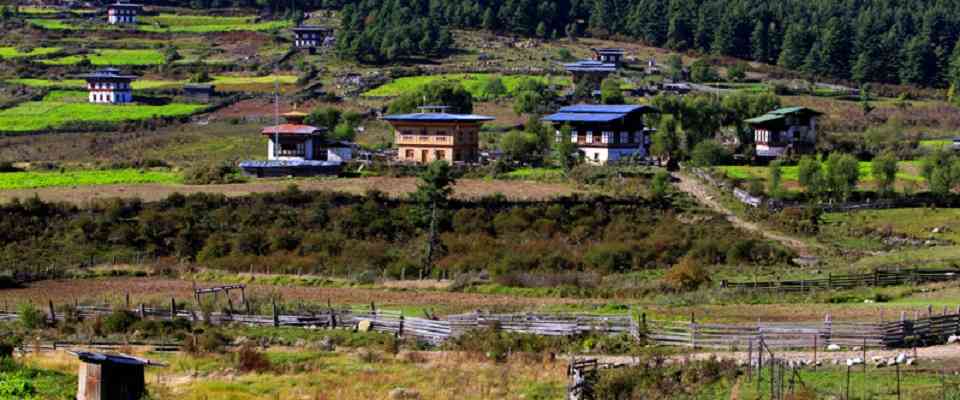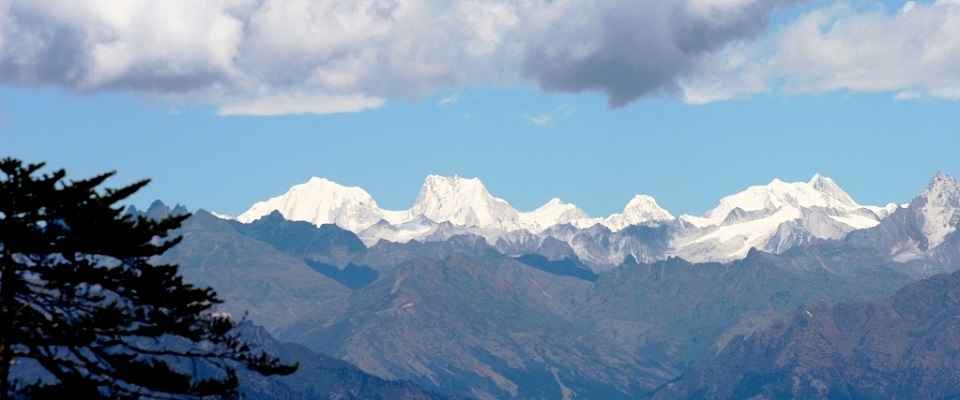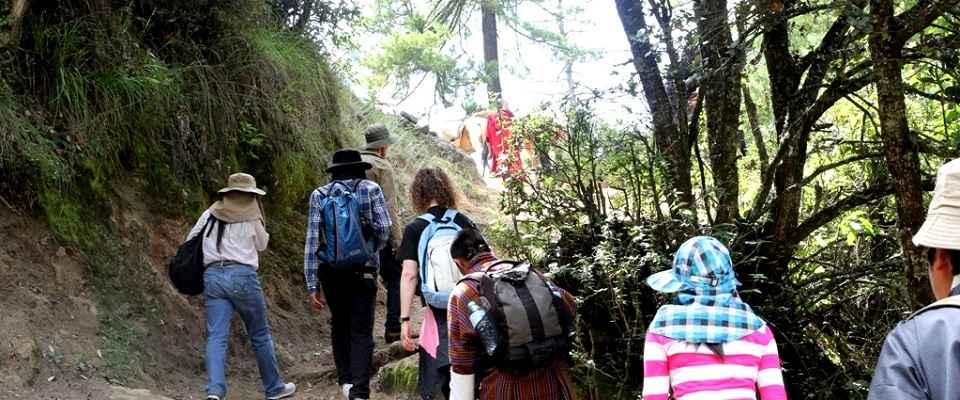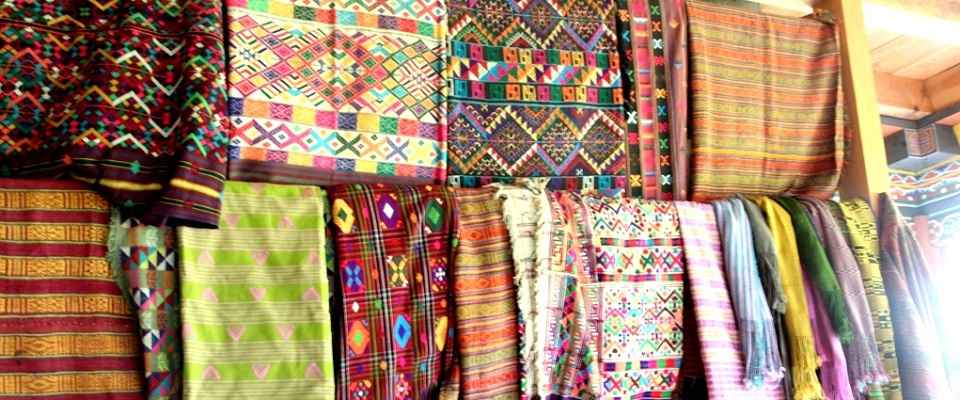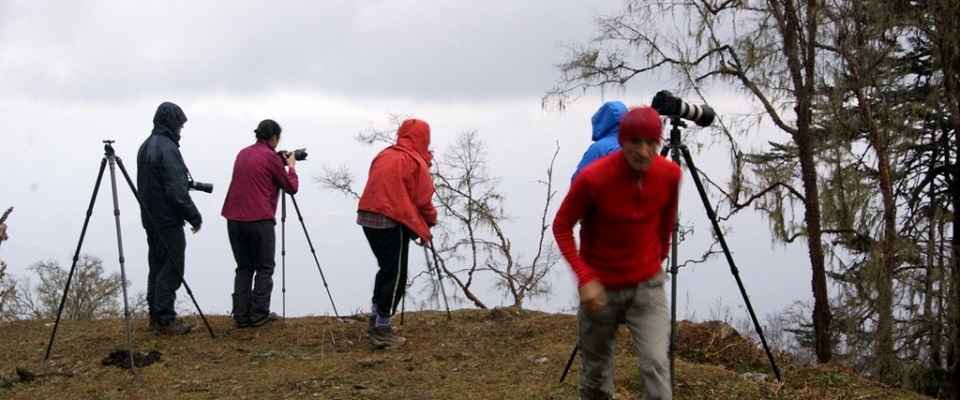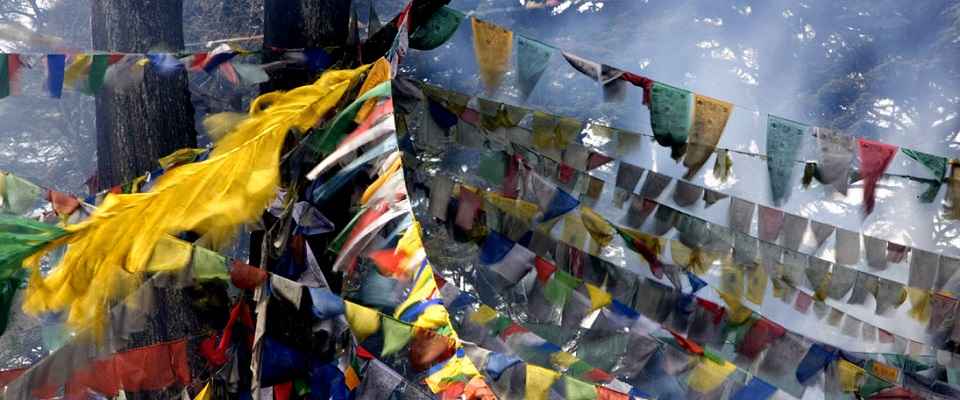Despite not having an architectural background, Prime Minister Jigmi Y Thinley delivered a keynote speech at a global meeting on architecture being held in Tokyo, Japan.
The triennial meeting, hosted by the International Union of Architects, serves as an event for thousands of architects, engineers, researchers, and students from around the world. Its theme this year was to provide an opportunity for participants to discuss the future of architecture and cities. The hosts invited Lyonchhoen to speak on architecture and its relation to a sustainable and happy society.
“It’s almost always the grand structures and edifices that withstand the ravages of time, and the elements or their remnants that tell us the stories of great civilisations of the past,” said Lyonchhoen in his speech. “It is the architects, who create living spaces, choose the materials and build the structures, arranging them in ways that enable access to services. Through their works, they define life, social systems, culture, destiny and how man relates to nature.” He added, “Architects are at the heart of what makes and interprets human experience. They are the ultimate narrators of human story.”
Lyonchhoen then pointed to social and environmental problems that, he said, are threatening humanity’s very existence. “We need to change the architecture of human society and its economy,” he said. He added that the way forward would be for all nation states to be committed to a collective vision: “one that is based on an understanding and acceptance of the ultimate human desire and the direction for the advancement of civilisation.” He said that the universal value of happiness allowed for “true societal progress in ways that are meaningful, joyful and lasting.”
Lyonchhoen wound up his address by putting forth a number of questions to his audience. “What stories should the timeless monuments of your creation tell through their structures, materials, scale and aesthetics?” he asked. How future generations would view today’s architecture in relation to social and environmental problems has to require consideration, said Lyonchhoen. For one, he asked if a code of ethics that would bring about changes in building methods and materials to make the industry more ethical and environmentally sustainable could be established for all voluntary adherence by architects.
“Will our progenies and theirs look to our generation as the one that had the luxury of choice and did not fail to seize it for the good of all sentient beings? Or, will you bear the guilt of having contributed to the demise of the human race, leaving none to read the narrative?” said Lyonchhoen.

